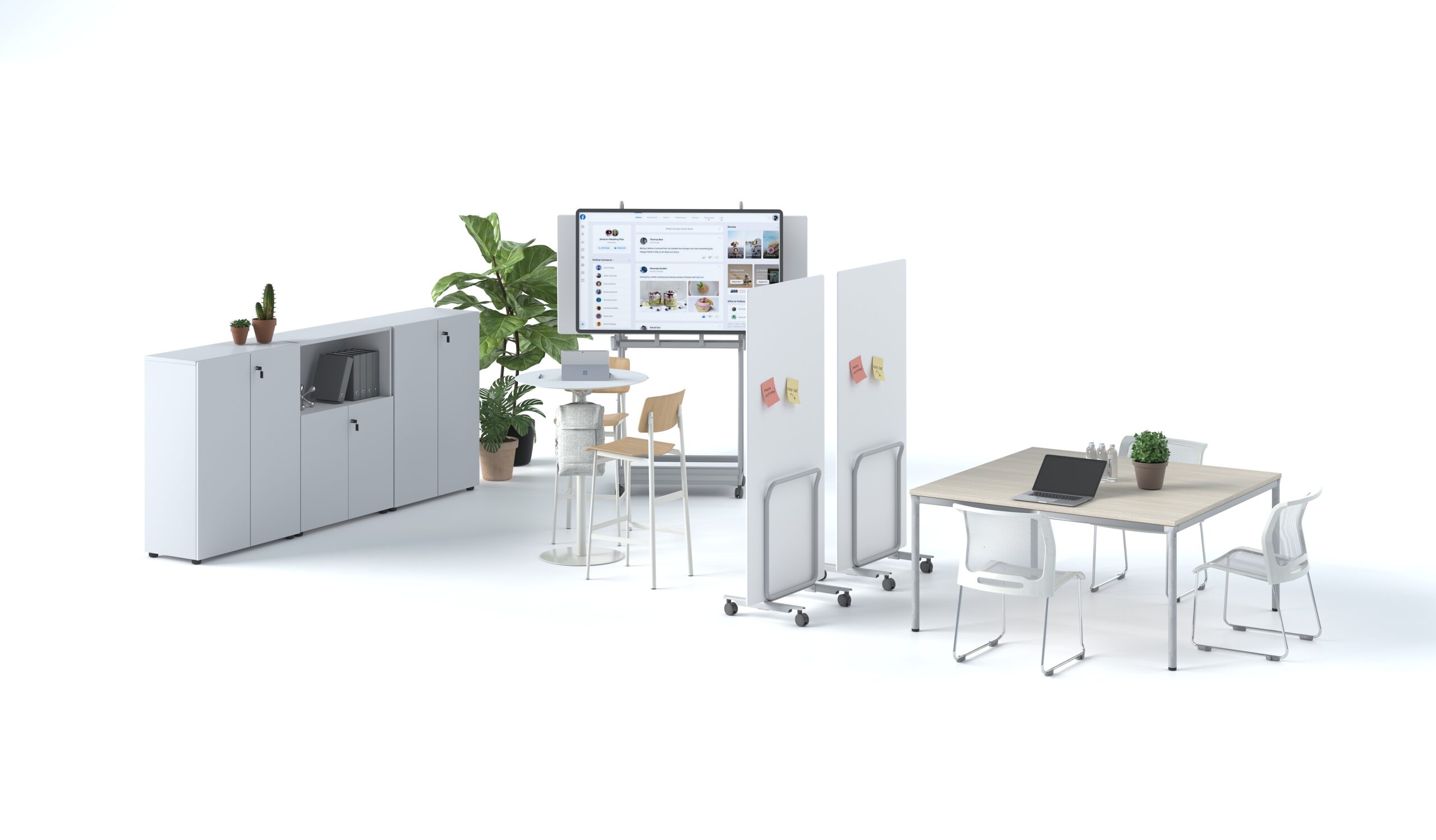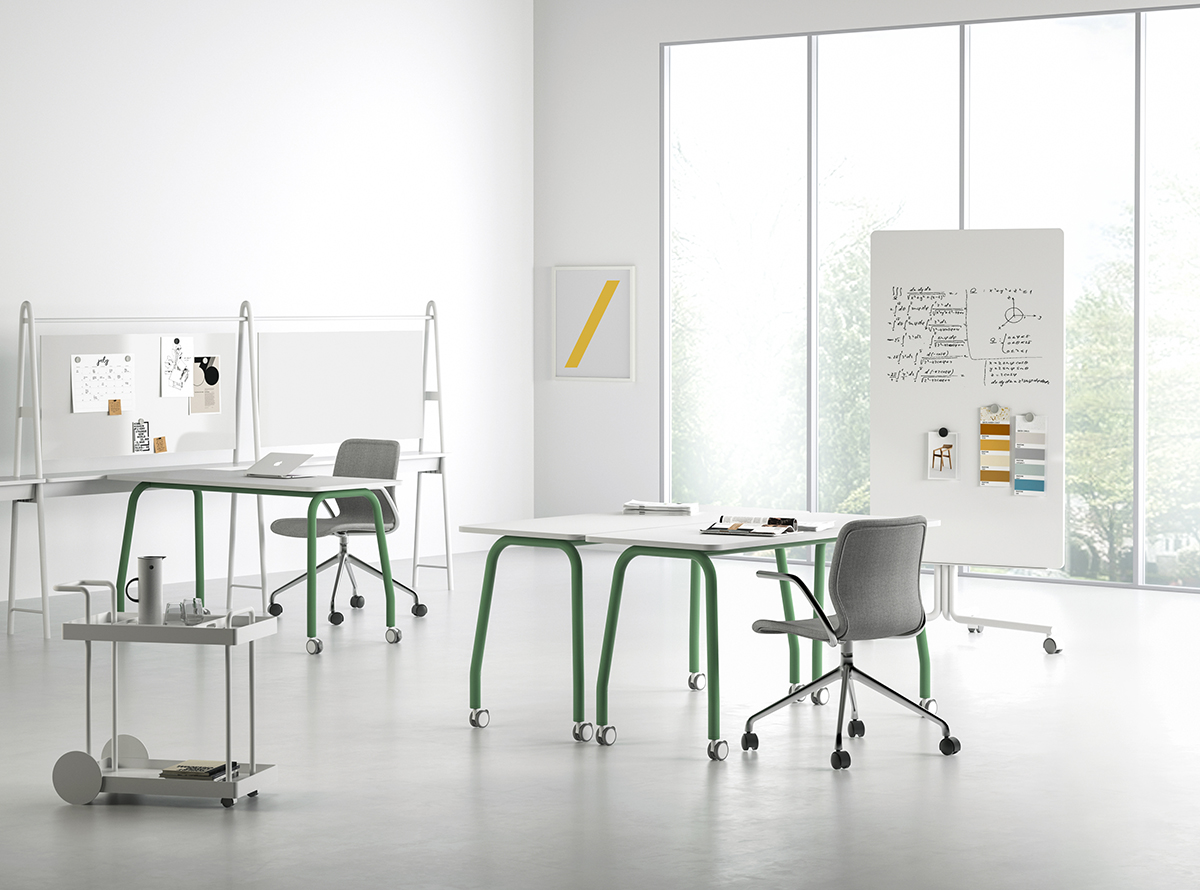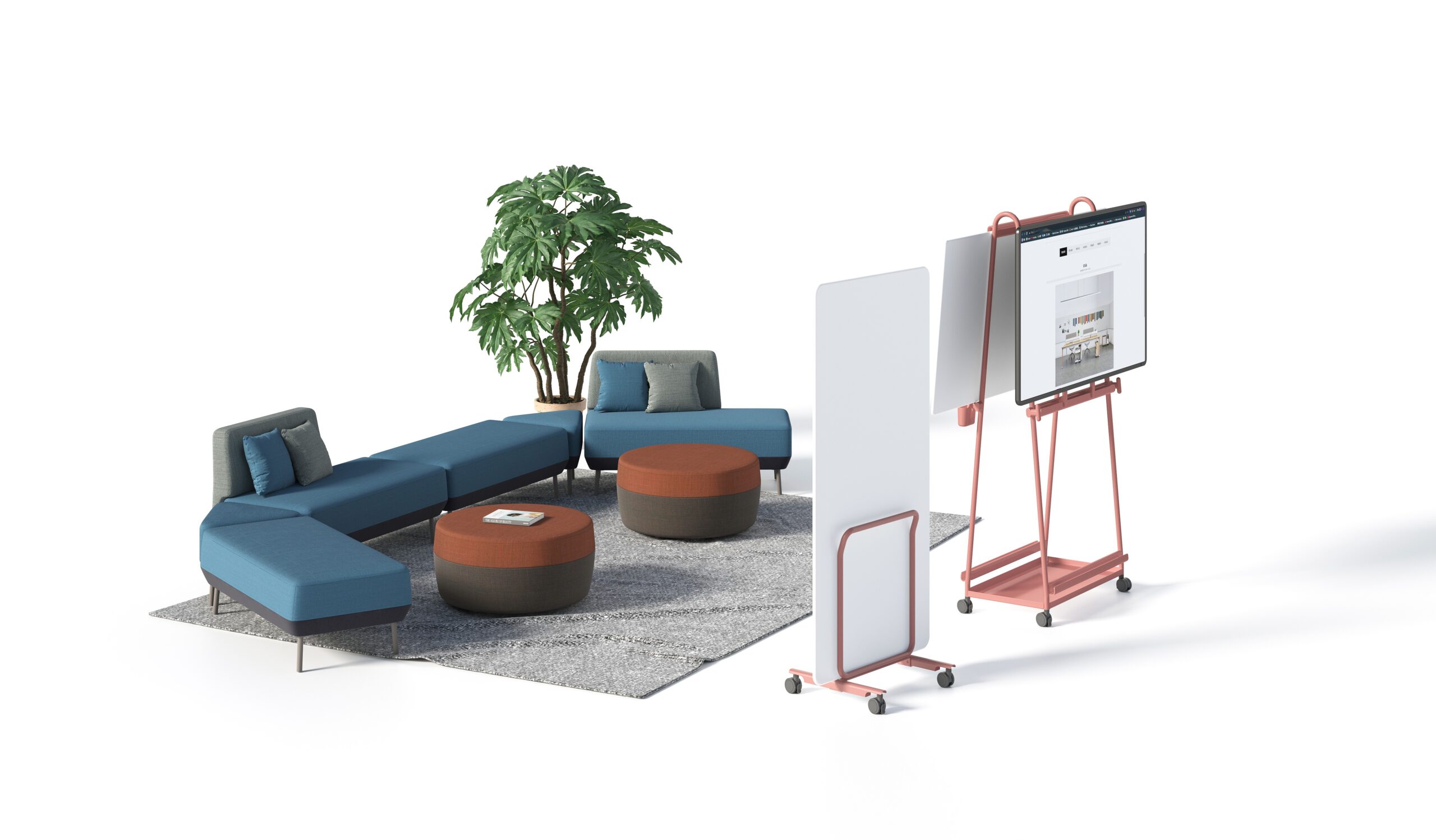The people who work in workplaces nowadays are different; they live in a world that is dominated by the internet, smartphones, and other technological advancements. Environments that can adapt to various teaching and learning methods, such as collaboration, presentation, experimentation, and reflection, are referred to as flexible learning spaces. They can support students in interacting more deeply and imaginatively with the material, other students, and the teacher.

Why need learning space:
Innovation and growth depend on people’s capacity for learning and building their own and their organizations’ capacities. Multi-modal environments provide a variety of functions and enable teams and individuals to experiment, produce, and build upon one another’s ideas. Members of a distributed team who are not present in person can nonetheless actively participate in inclusive environments.

Agile workplace:
The team’s needs can be met by an open floor plan and furniture that is both portable and light. Training rooms may be rapidly and easily reorganized with the help of mobile and stackable furniture, such as screens with castors and tables with folding worktops.

Acoustic panels:
In order to increase workplace efficiency, sound control is a key component of the office architecture. For privacy screens surrounding meeting or learning areas, use acoustic panels. Acoustic panels, which are available in fixed and freestanding configurations, can lessen noise inside the training facility.
Movable partitions:
Moving partitions are dividers that can change the amount of room available for training sessions. consisting of sliding panels that are attached to tracks that are either fixed to the ceiling or the floor rail. Doors can also be made out of partitions.

Designed with Technology:
The keys to engaging staff in training sessions are interactive technology and collaboration tools. The trainer can conduct face-to-face conferences and share content with remote workers thanks to the availability of video conferencing solutions. These interactive tools enable successful communication and idea sharing between local and remote players.
Enough Lighting:
Maintaining enough light in training spaces is crucial if you want to grab your audience’s attention. Utilize as much natural light as you can. If it’s not possible, attempt to balance natural and artificial lighting while choosing environmentally responsible lighting options.
Decoration:
Traditional learning environments have evolved into more welcoming and informal ones. It is advised to motivate your workforce with appealing interior and wall decor. The correct wall color can stimulate different parts of an employee’s brain.

















